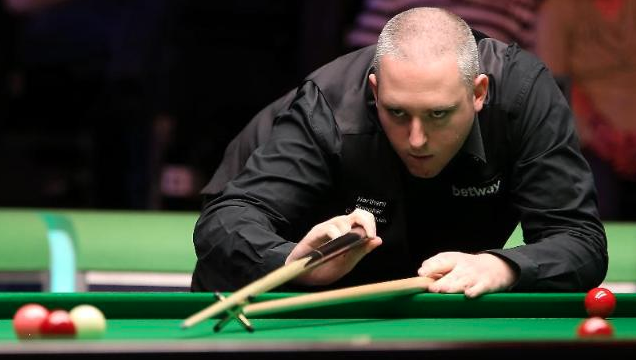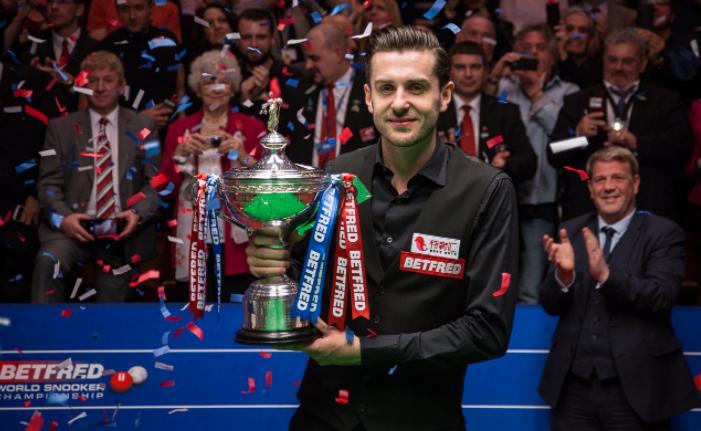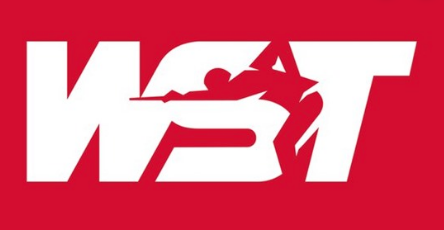First of all – congratulations to Brandon Sargeant and David Grace for qualifying onto the main tour by topping The Challenge Tour Rankings. Especially for Sargeant who becomes professional for the first time.
Now The Challenge Tour has finished, we can attempt to evaluate it to see if there is a future in it! Its purpose was to give the amateur game a good kick up the backside. There were reports of a lack of participation of youngsters and the increasing number of closures of snooker clubs. With increasing competition from China, Barry Hearn gave budding amateurs who failed to qualify for the main tour more incentive to work hard.
A spokesman for World Snooker said last year:
“This is fantastic news for the amateur game, providing established and up-and-coming players with opportunities to hone their skills in a competitive environment. The Challenge Tour will be a significant boost to our sport on the amateur side and we expect to see very competitive events as players strive to make the step up to the World Snooker Tour. “We hope to see a record number of players signing up for Q School and many of them will go on to show their skills on the Challenge Tour.”

Has it done this?
Yes, actually. It provided a number of opportunities to play competitive snooker. For those who want to be professional (let’s be honest, who wouldn’t?) will get the taste of playing abroad. They travelled to the likes of Latvia, Belgium, Germany and Hungary – all countries that enjoy a taste of snooker. Hungary is a bit of an odd one but anyways……..
What is also quite nice is that we realise the strength in depth on the circuit. Out of ten Challenge Tour events, we have nine different winners. Only David Grace has won more than one event. In fact there are sixteen different players from these finals as well. All ranging from former professionals, unknown youngsters and up-and-coming challengers. Also, money. There is a winner’s prize of £2,000 at every event. Not only are the leading 64 players in the 2018 Q School Order of Merit invited, so are the eight European wildcards! Now, Brandon and David are professionals, which is fabulous news!
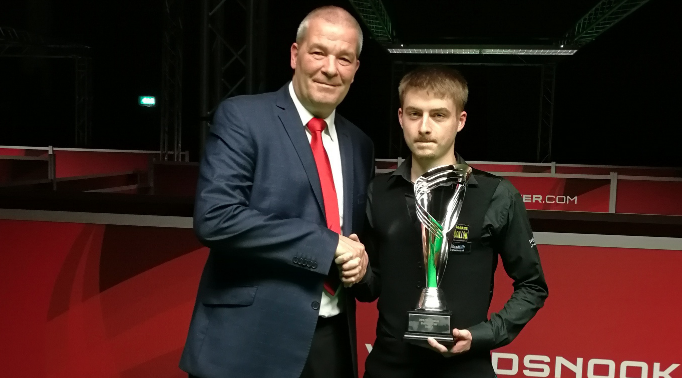
However, like every idea in the entire world, it needs more than a few tweaks to maintain the reputation. Without trampling on it too much because it doesn’t deserve it, I whittle it down to three main things.
Number of Participants
The maximum number of players in each Challenge Tour event is sixty-four. The problem here is that it reached its limit only once. Five events based in England failed to reach their full capacity. Predictably, the four lowest attended events are overseas, with just twenty-four players were able to participate in Snooker Terminál in Budapest.

You may argue that the first few events, including one in Latvia suffered because of fatigue from the Q School. This meant a number of snooker players from the old generation criticised their lack of desire to be snooker players. They had to go through hail, sleet and snow to practice for one hour in June, apparently.
It is disappointing to see low numbers when there are FINALLY competitive tournaments. Because of this, they would go further down the Q School Ranking List for players to advantage of some raaaaaannnnkking pooiintts in an Australian accent. That wouldn’t be a problem. However, this is until you realise that Iulian Boiko and Heather Clare, who didn’t win one match in Q School were given entry. Why couldn’t the other amateurs attend? Who informs the other amateurs? They need to encourage these players to keep the quality up!

Finances
Not every person has spare cash laying around to travel to Latvia, Germany, Belgium and Hungary. Not every person has enough sponsorship for competing abroad. Unfortunately the train fees in England are getting more and more expensive! Six events are in England and none of them are in Wales, Scotland, Northern Ireland and Republic of Ireland. These players from outside of England will have to pay more to travel. In fact, outside of the twenty finalists in the ten events, only three players are not English and they are all Welsh (Jackson Page, Dylan Emery and Callum Lloyd)!
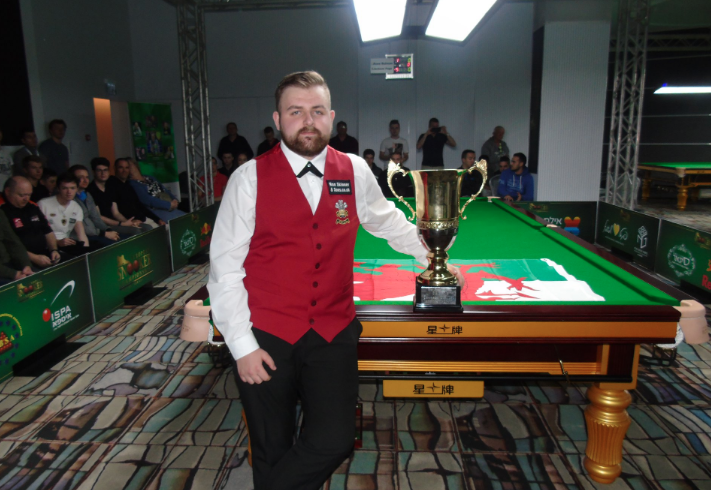
It looks like The Challenge Tour is looking to be a permanent fixture. Hopefully amateurs will have plenty of time to rearrange flights to play next season. This season, everyone had little time to arrange things to go to Riga. These things are expensive and some people work and need to take time off. Let’s see if there will be enough support for this folk.
Incentives
I mentioned earlier that there are a lot of incentives to playing in the Challenge tour. The top two players will qualify for the main tour. There is some money to be earned. However, there is a question that maybe there aren’t enough incentives. This is especially for those who are further down the table in The Challenge Tour rankings.
David Caulfield of Snooker HQ put this quite succinctly:
“The dangling carrot of two Main Tour cards was a good one, but it alienated a lot of cueists who probably felt like that was out of reach after a couple of early exits … perhaps a discussion into revamping the format would be welcome. One suggestion would be to offer a third Main Tour card, with the players ranked from 3rd to 10th on the Order of Merit battling it out in a winner-takes-all play-off at the climax of the series.”
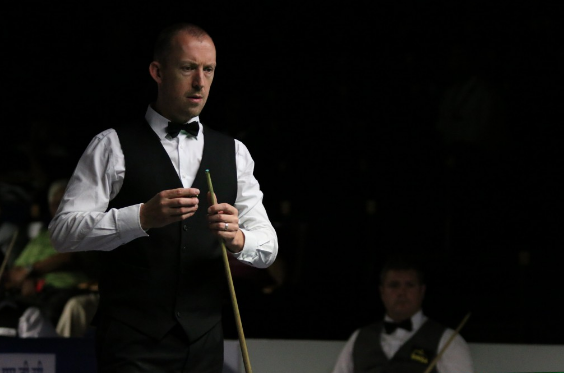
I personally agree with him. The EBSA Qualifying Tour Play-Offs worked under that format. Yet the Play-Offs were decided on the results of two or three events. Only Sargeant, Grace, Mitchell Mann and David Lilley had a chance to winning the tour card into the final event. Apart from the these four players, why would the other players bother to go to Gloucester if there is no extra incentive?

